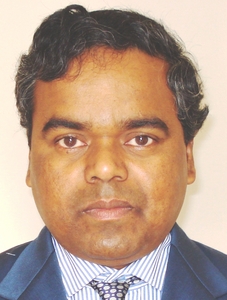


Since their discovery, carbon nanotubes (CNTs) have fascinated the scientist, engineers and entrepreneurs in an unprecedented way. Once thought to be a perfect tubular structure, the nanotubes are far from being perfect in reality. However, nondestructive evaluation of defects in CNTs has remained a great challenge. In this talk, I will give an overview of our recent findings on the diameter dependent properties of single walled and multiwalled carbon nanotubes with special emphasis on spectroscopic signature of defects, defect engineering and some aspects of applications of defects in CNTs with wide range of diameters (1-100 nm). Microscopic and spectroscopic evaluations of defects have been carried out using several complimentary techniques. In particular, use of Raman, fluorescence, electron spin resonance, thermogravimetry, X-ray photoelectron spectroscopy will be demonstrated to understand the nature and role of defects in CNTs structures and its stability. Controlled introduction of defects and engineering the structure of CNTs by ion irradiation will also be shown. Finally, the role of defects in the fluorescence quenching of several fluorescent dyes by CNTs will be presented. Implications of these results will be discussed for futuristic applications of defects in CNTs.



Since their discovery, carbon nanotubes (CNTs) have fascinated the scientist, engineers and entrepreneurs in an unprecedented way. Once thought to be a perfect tubular structure, the nanotubes are far from being perfect in reality. However, nondestructive evaluation of defects in CNTs has remained a great challenge. In this talk, I will give an overview of our recent findings on the diameter dependent properties of single walled and multiwalled carbon nanotubes with special emphasis on spectroscopic signature of defects, defect engineering and some aspects of applications of defects in CNTs with wide range of diameters (1-100 nm). Microscopic and spectroscopic evaluations of defects have been carried out using several complimentary techniques. In particular, use of Raman, fluorescence, electron spin resonance, thermogravimetry, X-ray photoelectron spectroscopy will be demonstrated to understand the nature and role of defects in CNTs structures and its stability. Controlled introduction of defects and engineering the structure of CNTs by ion irradiation will also be shown. Finally, the role of defects in the fluorescence quenching of several fluorescent dyes by CNTs will be presented. Implications of these results will be discussed for futuristic applications of defects in CNTs.